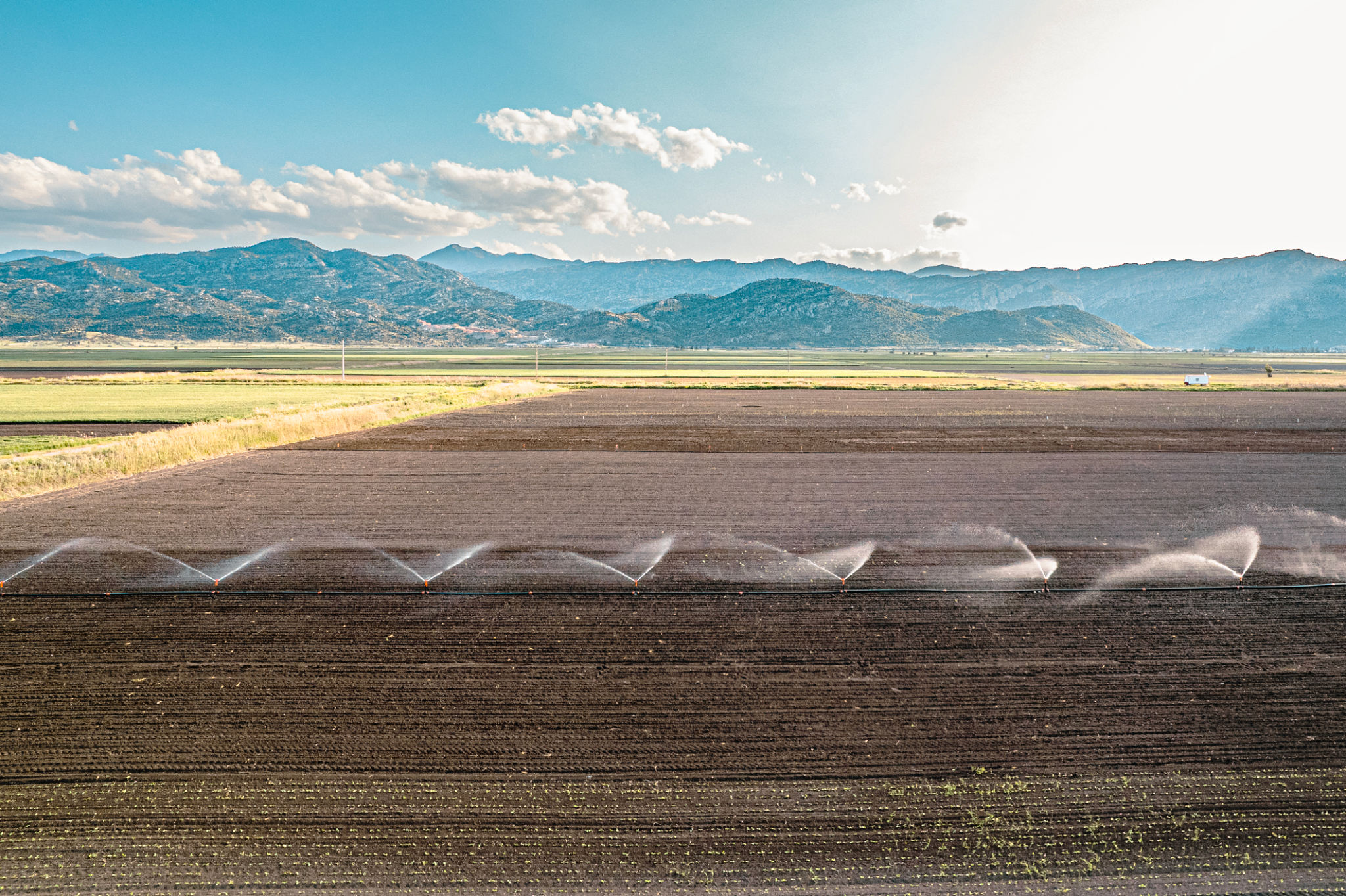How Floating Covers Revolutionize Water Management in Agriculture
Introduction to Floating Covers in Agriculture
In recent years, water management has become a critical concern for the agricultural sector. With climate change and increasing water scarcity, finding innovative solutions to conserve water is essential. One such solution is the use of floating covers, which have revolutionized how water is managed in agriculture.

What Are Floating Covers?
Floating covers are specialized materials designed to float on the surface of water reservoirs, ponds, or lagoons. These covers create a barrier between the water and the atmosphere, significantly reducing evaporation. By limiting water loss, floating covers help preserve this precious resource, ensuring that more water remains available for irrigation and other agricultural needs.
Made from durable, UV-resistant materials, floating covers are designed to withstand harsh environmental conditions. They can be customized to fit various shapes and sizes of water bodies, making them a versatile solution for different agricultural setups.
Benefits of Using Floating Covers
The adoption of floating covers in agriculture offers numerous benefits. Chief among these is the significant reduction in water evaporation. Studies have shown that floating covers can reduce evaporation rates by up to 90%, which is a substantial gain for farms in arid regions.

Additionally, floating covers help in maintaining water quality by preventing the growth of algae and limiting contamination from debris or pollutants. This not only ensures healthier crops but also reduces the need for chemical treatments, leading to more sustainable farming practices.
Cost-Effectiveness and Economic Advantages
While the initial investment in floating covers may seem significant, the long-term savings in water conservation and maintenance costs make them a cost-effective choice. Farmers can expect to see a return on investment through reduced water bills and enhanced crop yields due to improved water availability and quality.
Moreover, some regions offer incentives or subsidies for farmers who adopt water-saving technologies like floating covers. This financial support can further ease the burden of initial costs, encouraging more widespread adoption.

Environmental Impact
Beyond economic benefits, floating covers contribute positively to environmental conservation efforts. By reducing water evaporation, they help mitigate the effects of droughts and water shortages. Furthermore, minimizing chemical runoff into natural water bodies protects local ecosystems and biodiversity.
Floating covers also aid in reducing greenhouse gas emissions. By limiting the decomposition of organic matter in anaerobic conditions, they decrease methane emissions—a potent greenhouse gas—thus contributing to broader climate change mitigation efforts.
Implementation Challenges and Considerations
Despite their advantages, the implementation of floating covers is not without challenges. Factors such as installation logistics, maintenance requirements, and compatibility with existing irrigation systems must be carefully considered. It's crucial for farmers to work with experienced providers to ensure proper installation and maintenance of these systems.
Additionally, understanding local climatic conditions and specific agricultural needs is essential for maximizing the benefits of floating covers. Tailoring solutions to fit the unique demands of each farm can help overcome potential obstacles.
The Future of Floating Covers in Agriculture
As awareness of water conservation grows, the use of floating covers is expected to expand. Ongoing research and technological advancements are likely to enhance their effectiveness and reduce costs further, making them an increasingly attractive option for farmers worldwide.

In conclusion, floating covers represent a significant advancement in sustainable agriculture practices. By offering a practical solution to water management challenges, they play a pivotal role in ensuring food security and environmental sustainability for future generations.
